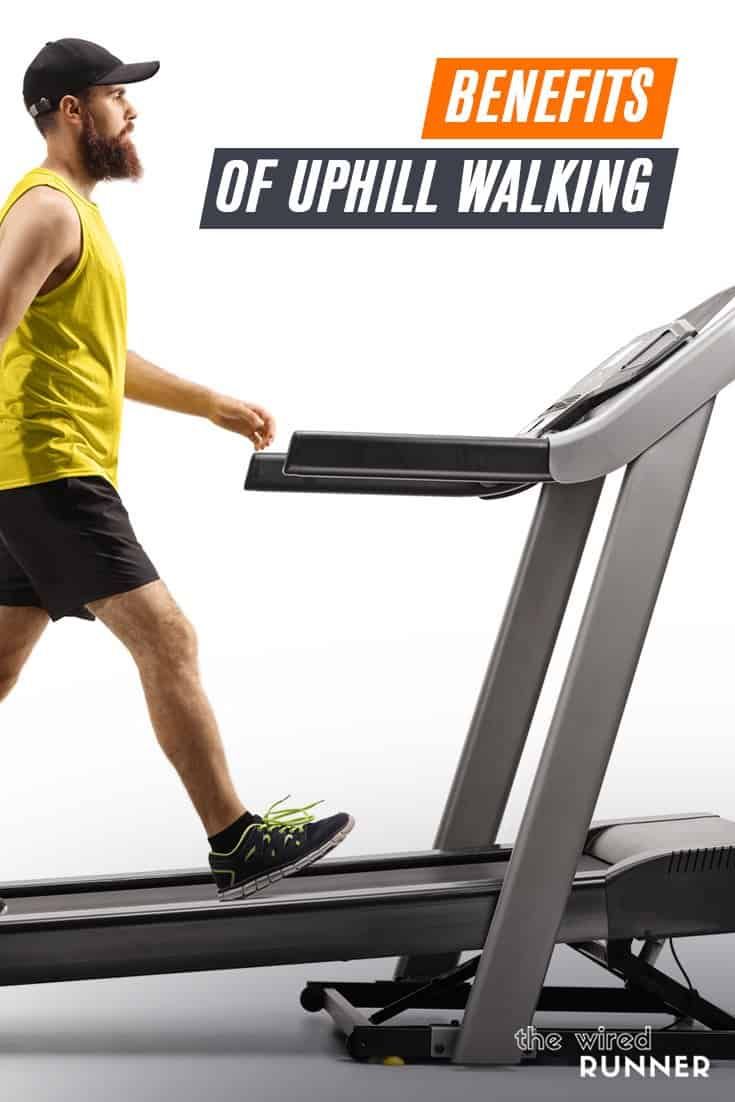Walk on the Treadmill Easily Without Holding the Handrails
Learning to walk on the treadmill easily without holding the handrails can be a big step in improving your fitness, posture, and confidence. While it might seem challenging at first—especially for beginners—it’s entirely possible with the right technique, patience, and gradual practice.
Is It Okay to Hold the Handrails on a Treadmill?
When you’re just starting out, it’s normal to feel unsteady or awkward. Holding the handrails for balance isn’t wrong in the beginning. In fact, using them briefly can prevent slips and build your confidence. However, holding the handrails long-term can become a crutch. It interferes with your natural walking form and can limit the effectiveness of your treadmill workout.
To improve your treadmill routine, aim to walk on the treadmill easily without holding the handrails. Doing so engages more muscles, enhances coordination, and leads to a more natural stride.
Why Should You Avoid Holding the Handrails?
Let’s look at some of the drawbacks of relying on the treadmill handrails:
1. Alters Walking Form
Holding the handrails can cause a hunched posture, shortened stride, and unnatural gait. This not only reduces workout efficiency but may cause strain in the shoulders and lower back.
2. Reduces Muscle Engagement
When you hold the handrails, your core and stabilizer muscles aren’t working as hard. Walking hands-free activates your abdominals, obliques, back, and leg muscles more effectively.
3. Decreases Calorie Burn
Less muscle activation means fewer calories burned. If your goal is weight loss or endurance, then letting go of the handrails will help you achieve better results.
4. Builds Dependency
If you always hold the rails, you may feel uncomfortable walking outdoors or using other cardio equipment. Developing the skill to walk on the treadmill easily without holding the handrails makes your fitness routine more versatile.

Tips to Walk on the Treadmill Easily Without Holding the Handrails
Walking without support takes a little time to master, especially if you’re new to treadmills. Here’s how to do it safely and confidently:
1. Start at a Slow Speed
Set your treadmill to a slow, comfortable pace—between 2.0 and 3.0 mph. This gives you time to adjust and focus on your balance. If you need to, walk near the front of the treadmill where you can quickly grab the handrails if necessary.
2. Focus on Good Posture
Stand tall with your head up, shoulders back, and chest open. Avoid looking down at the belt, as this may throw off your balance. Instead, pick a fixed spot ahead and keep your eyes focused there.
3. Engage Your Core
Your abdominal muscles help stabilize your entire body. Lightly engage your core while walking, which helps maintain balance and supports your spine.
4. Swing Your Arms Naturally
Let your arms swing in rhythm with your stride, just as you would while walking outside. This natural arm motion helps balance your movement and improves overall form.
5. Widen Your Base and Shorten Your Stride
A slightly wider stance and shorter steps help with balance and reduce the chances of tripping. Avoid overstriding, which can throw off your alignment.
6. Use Intervals
If you’re not ready to walk the full duration hands-free, use intervals. Try walking for 1–2 minutes holding the handrails, then let go for 30–60 seconds. Gradually increase the hands-free time as you become more comfortable.
7. Gradually Increase Speed
Once you feel steady, increase the speed in 0.1 to 0.2 mph increments. Never jump too fast too soon. Keep control and adjust as needed.
8. Stay Safe
Always use the safety key clip that attaches to your clothing. If you lose balance, it will stop the treadmill automatically.
Benefits of Walking on the Treadmill Without Holding the Handrails
Choosing to walk on the treadmill easily without holding the handrails offers many physical and mental benefits:
✔️ Improves Balance and Stability
Without relying on handrails, your body naturally strengthens stabilizing muscles and improves coordination.
✔️ Promotes Better Posture
Hands-free walking encourages proper alignment and helps prevent slouching, especially important for those with desk jobs.
✔️ Enhances Muscle Engagement
More muscles are used when you walk without hand support—especially your core, back, arms, and glutes.
✔️ Increases Calorie Burn
Greater muscle activation equals more energy expended. You’ll burn more calories walking without handrails, even at slower speeds.
✔️ Builds Mind-Body Connection
Walking hands-free requires greater awareness of your movement, posture, and pace, which enhances your neuromuscular coordination.
✔️ Helps Transition to Outdoor Walking
If you plan to walk or jog outdoors, developing treadmills skills without handrails makes that transition smoother and safer.

Common Mistakes to Avoid
Even if you’re walking hands-free, avoid these mistakes:
-
Looking down: It throws off balance.
-
Leaning forward or backward: Keep your spine neutral.
-
Overstriding: Keep strides natural and short.
-
Tensing up: Relax your shoulders and arms.
-
Setting speed too high too early: Comfort and safety come before intensity.
Final Thoughts
To walk on the treadmill easily without holding the handrails is not only possible but also more effective for your overall health and fitness. Start slow, focus on form, and build confidence through repetition. It may take some time, but the rewards—better balance, posture, calorie burn, and coordination—are worth the effort.
Whether you’re walking for weight loss, fitness, or rehabilitation, learning to walk hands-free on a treadmill opens the door to safer and more effective workouts.
